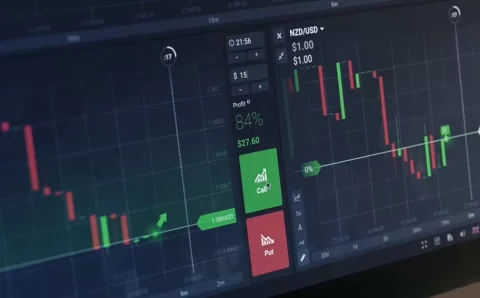[ad_1]
The rupee tumbled to 75 a dollar level, and the 10-year bond yields remained elevated, shrugging off India’s outlook revision by Moody’s, as a seven-year high international crude oil prices raised fear of wider fiscal deficit and rising inflation.
The rupee closed at 74.98 a dollar, briefly touching 74.99 in the day, at which point the Reserve Bank of India (RBI) intervened to prevent it from breaching the psychologically important mark of 75. Rupee’s closure is the lowest since April 23 this year. The US dollar index, which measures the greenback’s strength against major global currencies, crossed 94, pulling down most currencies pegged against it.
The rupee lost the most in Asia, falling 0.71 per cent in the intraday against the dollar.
“A combination of rising oil prices, fear of liquidity ebbing due to central bankrolling back easing measures, rising bond yields, and weakness in stocks, all have had a negative impact on the rupee. Carry traders were forced to cover shorts once USDINR broke above 74.65 levels,” said Anindya Banerjee, deputy vice president, currency and interest rate derivatives at Kotak Securities.
The 10-year bond yields closed at 6.28 per cent, its highest since April 17, 2020. The sticky yields complicate the task for the six-member monetary policy committee (MPC), which is meeting for three days starting Wednesday.
While other emerging market central banks have been increasing rates, the Indian central bank has maintained that it would keep up with its accommodative stance for as long as necessary till signs of durable growth are visible. But the rise in crude oil prices, coupled with coal shortages, could prod the central bank to assume a hawkish stance.
“Our core inflation (inflation minus food and fuel) was sticky, and now with high energy prices thrown into the mix, the inflation numbers could harden. The RBI may sound a little more hawkish this time than it would have otherwise,” said Rahul Singh, senior fund manager at LIC Mutual Fund.
The retail inflation in August came at 5.3 per cent, falling for the second month after remaining above 6 per cent. The RBI targets to keep inflation within 2 to 6 per cent.
Global rating agency Moody’s revised India’s outlook from ‘negative’ to ‘stable’ on Tuesday stating that the risks of negative feedback between the real economy and financial system were receding. Higher capital cushions and greater liquidity also reduced the risk to the sovereign from banks and non-banking financial companies, Moody’s said. It also expected the elevated general government debt to reduce in the next few years, preventing further deterioration of the sovereign credit profile.
“The revision in outlook reduces chances of India’s rating being downgraded to junk and should bode well for the inclusion of Indian bonds in global bond indices,” said Abhishek Goenka, managing director of IFA Global.
The government and the Reserve Bank of India (RBI) have been engaging with global bond index providers such as Bloomberg, JP Morgan and FTSE for the inclusion of Indian government bonds. It is estimated that inclusion in such indices will attract at least $30 billion of inflow to the Indian debt market.
The RBI has also allowed foreign investors access through Fully Accessible Route (FAR) in some specified securities, estimated to be over $200 billion.
However, there are issues around taxes that the government and the RBI are addressing, RBI governor Shaktikanta Das said in a recent interview.
So far this calendar, foreign portfolio investors have invested $13.15 billion in Indian markets, mostly in equity. In debt, they have invested $3.82 billion, including through voluntary retention route in debt, and in hybrid securities.
Moody’s outlook revision bolsters that effort and gives more confidence for foreign investors to allocate their funds towards India once the bonds are listed overseas, experts say.
However, the outlook revision was largely factored in by the market participants. For now, the immediate concerns are rising crude prices and the resultant inflation, which the MPC will deliberate in detail in their meetings, leading to policy announcement on October 8.
“There’s not much in it (outlook revision). The market will give weightage to other factors which are against the rupee,” said Imran Kazi, vice president at Mecklai Financial.
Banerjee expects the rupee to trade within a range of 74.80 and 75.40 a dollar in the near term.
[ad_2]
Source link





